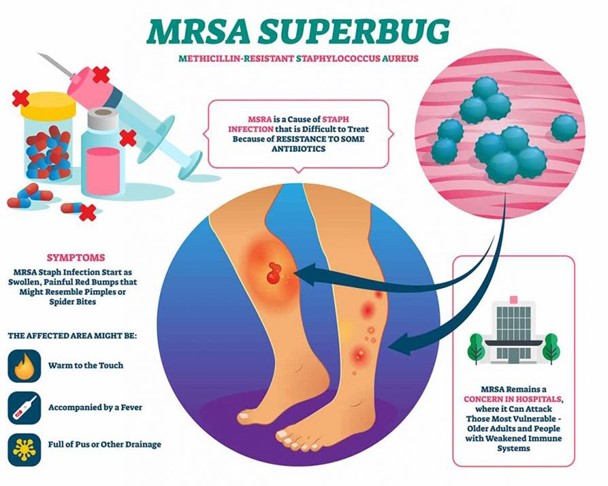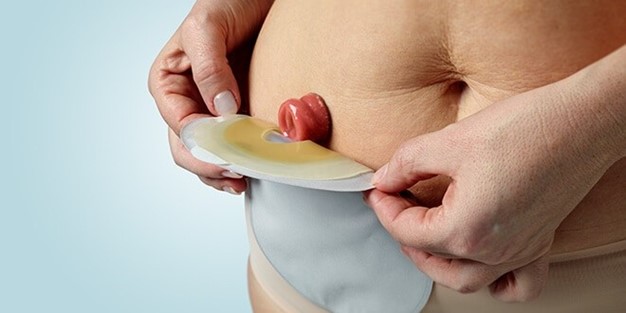A nurse receives a new prescription over the telephone from a client's provider. Which of the following actions should the nurse take first?
Write down the complete prescription.
Read back the prescription to the provider.
Document the prescription as a telephone prescription in the medical record.
Ensure that the provider signs the prescription.
The Correct Answer is A
When receiving a new prescription over the telephone from a client’s provider, the nurse should first write down the complete prescription to ensure that all the details are accurately recorded.
Choice B is wrong because reading back the prescription to the provider should be done after writing down the complete prescription.
Choice C is wrong because documenting the prescription as a telephone prescription in the medical record should be done after writing down the complete prescription and reading it back to the provider.
Choice D is wrong because ensuring that the provider signs the prescription should be done after writing down the complete prescription, reading it back to the provider, and documenting it in the medical record.
Nursing Test Bank
Naxlex Comprehensive Predictor Exams
Related Questions
Correct Answer is B
Explanation
A client with MRSA infection should be placed in a private room to prevent the spread of infection.

Choice A is wrong because an N95 respirator mask is not necessary when caring for a client with an MRSA infection.
Choice C is wrong because the proper sequence for removing personal protective equipment is to remove gloves first, then the gown.
Choice D is wrong because visitors do not need to wear a mask when they are within 3 feet of the client with an MRSA infection.
Correct Answer is B
Explanation
The nurse should respond to the client’s concern by saying “You are worried about having to wear a colostomy bag?” This response acknowledges the client’s concern and allows the client to express their feelings and concerns about the potential colostomy.

Choice A is not an appropriate response because it dismisses the client’s current concern and delays addressing it until after the surgery.
Choice C is not an appropriate response because it does not address the client’s concern about wearing a colostomy bag.
Choice D is not an appropriate response because it shifts the focus away from the client’s concern and onto someone else.
Whether you are a student looking to ace your exams or a practicing nurse seeking to enhance your expertise , our nursing education contents will empower you with the confidence and competence to make a difference in the lives of patients and become a respected leader in the healthcare field.
Visit Naxlex, invest in your future and unlock endless possibilities with our unparalleled nursing education contents today
Report Wrong Answer on the Current Question
Do you disagree with the answer? If yes, what is your expected answer? Explain.
Kindly be descriptive with the issue you are facing.
